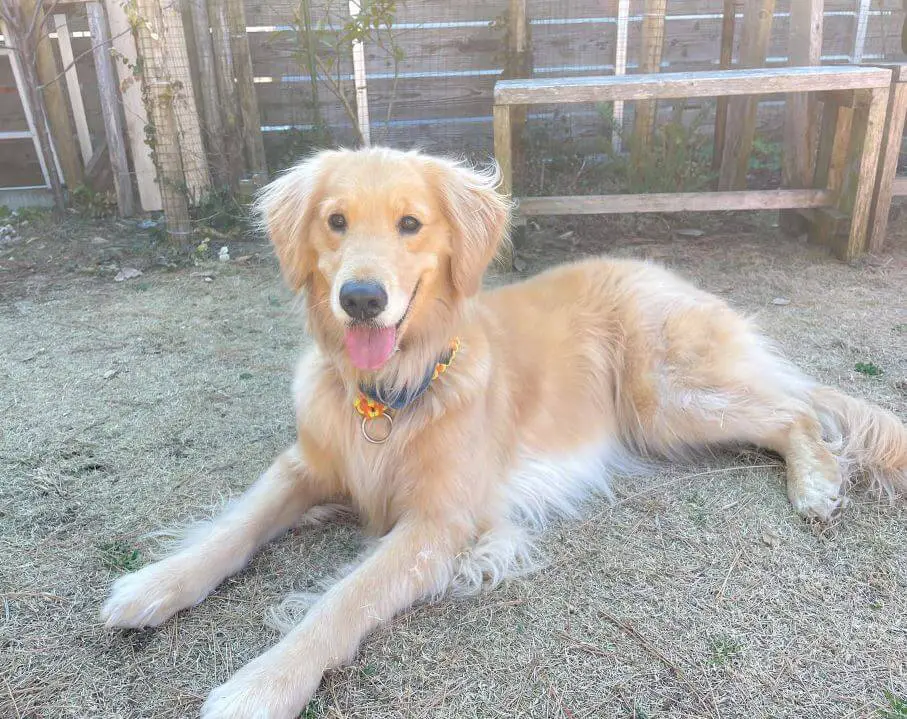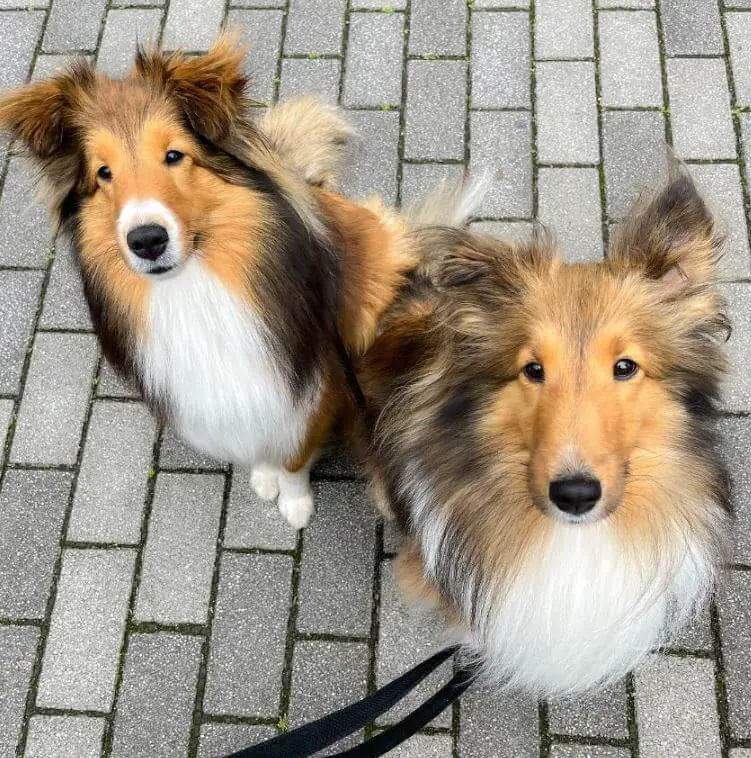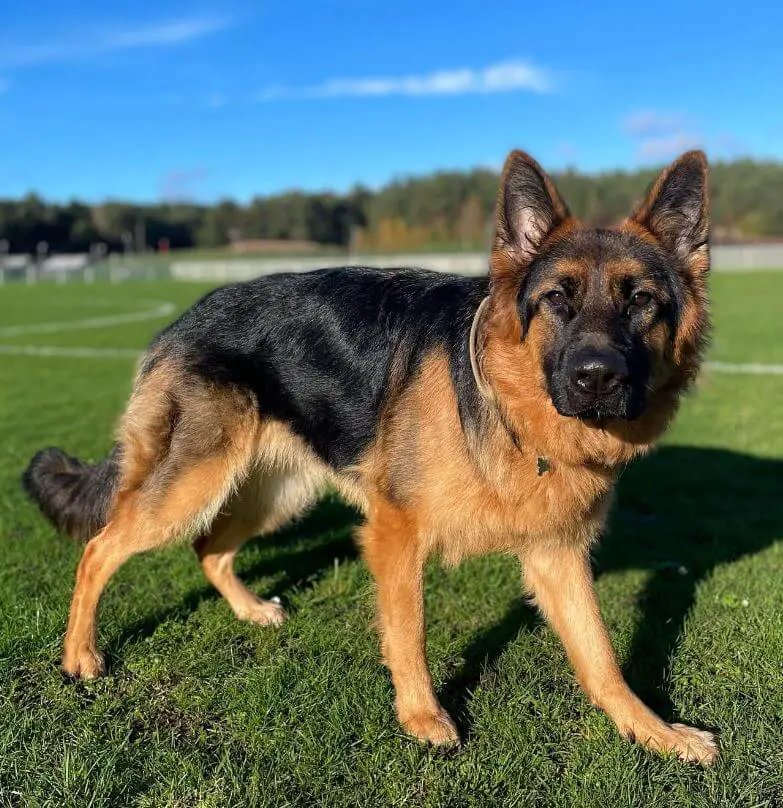Brushing your dog’s coat is not only a grooming necessity but also an opportunity for bonding and maintaining their overall health. However, many dog owners find themselves struggling with a common challenge: their furry friend’s resistance to being brushed. In this article, we’ll explore the reasons why some dogs don’t like being brushed and provide insights into how you can overcome this issue for a smoother and more enjoyable grooming experience.

Understanding Your Dog’s Perspective:
- Sensitive Skin: Some dogs have sensitive skin that makes brushing uncomfortable or even painful for them. The sensation of the brush bristles against their skin can cause discomfort, leading to avoidance behavior.
- Fear of Tools: Dogs might associate grooming tools with negative experiences, especially if they’ve had uncomfortable encounters with brushes, combs, or clippers in the past.
- Tangling and Matting: Dogs with long or curly coats are more prone to tangling and matting. Brushing out these tangles can be painful, causing dogs to resist the process.
- Unfamiliar Sensations: Brushing can be an unusual sensation for dogs, and they might simply feel uncomfortable with the foreign object running through their fur.

Steps to Help Your Dog Enjoy Brushing:
- Desensitization: Gradually introduce your dog to the grooming tools by letting them sniff and explore them. Reward positive interactions with treats and praise.
- Positive Associations: Make brushing a positive experience by associating it with treats, toys, and gentle petting. Use treats to reward your dog during and after each grooming session.
- Start Slowly: If your dog is particularly resistant, start with short and gentle brushing sessions, gradually increasing the time as they become more comfortable.
- Use the Right Tools: Choose the appropriate brush or comb for your dog’s coat type. Consult a groomer or veterinarian for recommendations if you’re unsure.
- Regularity: Establish a consistent grooming routine to help your dog become accustomed to the process. Regular brushing prevents tangles and makes the experience less overwhelming.
- Short Breaks: If your dog becomes anxious or uncomfortable during brushing, take short breaks to allow them to relax and regain their composure.
- Professional Grooming: If your dog’s coat is heavily matted, consider seeking professional grooming assistance to prevent causing pain or discomfort during brushing.
Seeking Professional Guidance:
If your dog’s aversion to brushing persists despite your efforts, consider consulting a professional dog trainer or behaviorist. They can provide personalized guidance and training techniques to address your dog’s specific grooming challenges.

Understanding why your dog doesn’t like being brushed is the first step towards finding solutions to make grooming a positive experience. Patience, positive reinforcement, and consistent efforts will help your dog overcome their discomfort and develop a more relaxed attitude toward brushing. Remember that every dog is unique, and finding the right approach may take time, but the result will be a happier and healthier furry friend who associates grooming with love and care.
